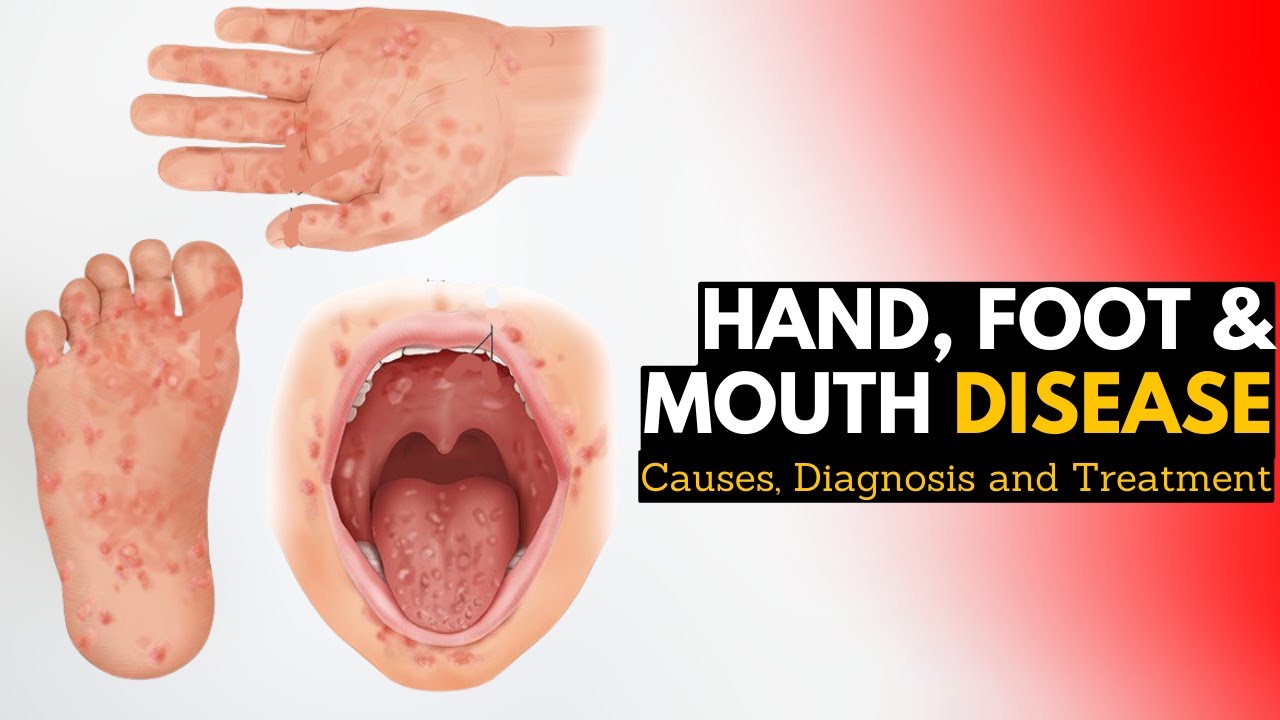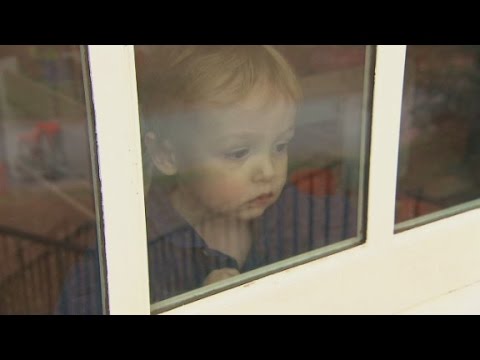When it comes to your child’s health, being aware of the hand foot mouth symptoms is crucial. Hand, foot, and mouth disease (HFMD) is a viral infection commonly seen in children, often caused by enteroviruses like coxsackievirus. While generally mild, it’s important to recognize the symptoms that require attention. In today’s article, we’re diving deep into the top seven symptoms every parent should know about, plus how to handle them like a champ.

1. Recognizing the Top 7 Hand Foot Mouth Symptoms
With viral infections like HFMD, early detection can make a world of difference for your child. Let’s break down the key symptoms together:
1.1 Fever and Fatigue
It often starts with a fever, a fiery beacon signaling trouble in your child’s body. This fever usually comes with feelings of fatigue and malaise, making the little ones feel extra tired. So, keep an eye on your child’s temperature during this time. Regular monitoring helps differentiate HFMD from other common illnesses, like the flu. Just remember: a fever that hangs around can be a sign that it’s time to consult the pediatrician!
1.2 Painful Sores and Bumps on the Tongue
Ah, the notorious bumps on the tongue—these painful little guys truly stand out as one of the most recognizable symptoms of HFMD. They can range from small, red spots to nasty ulcerations that make eating and drinking feel like a chore. Evaluate your child’s oral health closely; these mouth sores can complicate their nutrition during an already tough time. Keep mealtime simple and soothing to aid recovery!
1.3 Rash on Hands and Feet
Generally, just after the fever peaks, a rash appears on your child’s hands and feet. It might look like little red spots or blisters, often mistaken for insect bites or skin irritations. But hey, if you see them popping up after that fever, it’s a major clue that you need to investigate further!
1.4 Loss of Appetite
Bumps in the mouth can lead to a noticeable drop in appetite for your child. If he’s suddenly uninterested in his favorite foods, it’s time to pay attention, especially when combined with fever and fatigue. Take it as a cue that a trip to the pediatrician might be on the horizon. No one likes to see their child struggle to gulp down their favorite strawberry smoothie!
1.5 Irritability or Mood Changes
Don’t overlook the emotional landscape—children with HFMD may seem more irritable or moody than usual. The discomfort from their symptoms can alter their behavior significantly. If you notice a change in your child’s usual vibe, take it as additional motivation to seek medical advice. Kids are tough, but nobody can shrug off viral discomfort without feeling a bit out of sorts.
1.6 Dehydration
Dehydration can sneak up on you, especially with mouth sores leading to decreased fluid intake. Watch for signs like dry mouth, a decrease in urination, and lethargy. This is a critical symptom; dehydration can escalate health risks quickly! Make sure to encourage sips of fluids and consider electrolyte solutions if needed.
1.7 Secondary Infections and Complications
Most cases of HFMD are mild, but complications are possible. Conditions like a pinched nerve in the neck or even viral meningitis may arise, presenting symptoms like persistent headaches and neck stiffness. By being aware of these potential complications, parents can act fast and ensure their child’s well-being. Always err on the side of caution; better safe than sorry!

2. When to Seek Medical Attention
As a responsible parent, it’s vital to monitor your child closely for any escalation of these hand foot mouth symptoms. If their fever exceeds 102°F, or if they show signs of dehydration or severe irritability lasting more than a couple of days, it’s time to consult a healthcare professional. Quick action can be the game-changer in a child’s recovery, so don’t hesitate to get help when those symptoms start piling up.

3. Preventive Measures Against Hand Foot Mouth Disease
Prevention really is the best medicine! Hand washing is your first line of defense. Teach your kids to wash their hands frequently, particularly after using the restroom or before meals. Moreover, limiting close contact in daycare settings during outbreaks helps curb the spread. It wouldn’t hurt to sanitize shared toys, either. Plus, be on the lookout during high-risk seasons, typically in late summer to early fall; staying alert can keep your little ones healthy.

4. Understanding the Broader Impact of HFMD Symptoms
While most children bounce back from HFMD without significant issues, the psychological impacts can linger. Children may begin to feel anxious about school or social activities, especially if they’ve gone through multiple bouts of illness. Understanding this dynamic can provide needed insight into your child’s emotional responses, allowing you to support them better.

An Innovative Wrap-Up
Hand foot and mouth disease might be a common childhood ailment, but it’s not one to take lightly! By recognizing key symptoms like the bumps on the tongue and understanding potential complications, you can stay one step ahead. Always prioritize monitoring your child’s health and seek medical help when things escalate. Just like Arnold says, “Strength does not come from winning,”—and with that in mind, empowering yourself with knowledge is the first step towards ensuring your child’s well-being in the face of viral challenges. So get out there, stay informed, and keep those little champions healthy!
Incorporating links into this article for relevant terms like Keisuke Itagaki, cost u less, and blocked tear duct enriches the reader’s journey through the content while providing additional resources they may find helpful. Keeping that in mind will create a more engaging experience for them and deliver even more value. Happy reading!
Hand Foot Mouth Symptoms: What to Watch For
When it comes to hand foot mouth symptoms, there are a few common signs parents should never overlook. Kids often start with fever, irritability, and sore throat. These initial symptoms can sometimes blend into the regular hustle and bustle of a child’s life, but keep an eye out! The rash and sores that follow can really make a kiddo feel miserable. Just imagine navigating a contagious illness like this—it’s like trying to find your way through an episode of Animaniacs! In such tricky times, you might wonder how to manage their comfort and care effectively.
Not Just a Rash
Typically, the most noticeable hand foot mouth symptoms show up as painful red spots or blisters, often appearing on the soles of their feet, palms, and inside their mouths. Kids may complain about their throat hurting while trying to eat or drink, which can lead to dehydration. Here’s a fun fact: some researchers believe that children develop immunity to the virus that causes Hand Foot Mouth Disease (HFMD) as they grow, similar to learning to conquer challenges, much like Will Turner from Pirates of the Caribbean unraveled complex plots! While most complaints will take care of themselves, keeping hydration up is key.
Early Detection is Key
Be on the lookout for these hand foot mouth symptoms—they’re a red flag that your little one might need a visit to the doctor. Sure, you’ll be sifting through a mountain of crumbs while they play, and yes, it can feel overwhelming at times, but having that awareness can make all the difference. Did you know the virus responsible for HFMD can spread through direct contact and even touching surfaces? That’s right! Just like a breadcrumb trail, it can lead to the spread of illness if not kept in check. So, if your kiddo has any blisters or a sudden rash, it’s best to put on your superhero cape and seek medical advice.
Remember, catching these symptoms early can help ease discomfort and set your child on the path to recovery quicker. With a little knowledge—and maybe some ice cream to ease those sore mouths—you can get the whole family back to the fun side of childhood before you know it. So, if you’ve noticed any changes, don’t hesitate; a quick check is always better than ignoring those little warning signs!



























